|
Today I am going to write a bit about my love affair with Schwalm embroidery. You see, I can pinpoint exactly where I encountered this pretty whitework embroidery technique for the first time. Not in its native Hessia, one of the federal states of Germany. Nope. It was Inspirations issue 69 in the spring of 2011. The beautiful 'Sense of Place' by Luzine Happel featured hearts, sunflowers and tulips filled with pretty patterns. I so wanted to learn this embroidery technique! But, I had never done any whitework embroidery other than a huge Richelieu window pane featured in an embroidery special of the Dutch Libelle. Luckily, I had just started my Royal School of Needlework Diploma course. And it happened to include a whitework module. Little did I know that they had never heard of this type of embroidery. And my tutors weren't thrilled at the prospect of teaching me something they were not familiar with. So I ended up with a whitework sampler featuring only a little bit of true Schwalm embroidery. And yes, I didn't like the prospect of an all-white piece either :). Now most of you will by now know that I don't like table cloths. Although, to be honest, there is nothing wrong with these pieces of textile. It is just that when I tell people that I embroider for a living, THEY picture me amidst heaps of neatly stacked embroidered table cloths. Now that gives me goose bumps. But for the wrong reasons. It truly freaks me out. Embroidery is so much more than just a means to adore a table cloth! Instead, one of the Schwalm-things I made was a nativity scene to be hung in front of my kitchen window. It is an ongoing process and I hope to add camels, a donkey and an ox this year. And although I like white, I like colour better. White reminds me of those pretty shoes I once had as a girl. They were lovely, but not so white for long. The same with those pretty lacily white stockings me and my younger sister wore under our Sunday dresses as girls. They attracted dirt like nobody's business. So in came the use of colour in my Schwalm embroidery projects. Now, traditional Schwalm embroidery is done with cotton a broder. A not so shiny non-strandable cotton thread. It is nice, but cotton perle and silk threads are nicer. Or at least in my opinion they are. I especially like to use variegated threads as they form pretty colour patterns when used with the many different Schwalm filling stitches. So, by now, I had changed the colour of things, the materials and the stitching topic. What's next? How about adding a stumpwork technique to the mix? Using wired elements with Schwalm embroidery really tickled my fancy! It looks so elegant and yet isn't too hard to create at all. But I wasn't quite finished yet! How about one shrinks the butterfly? For instance, until it fits a tiny 4cm Dandelyne wooden hoop. Thanks to my training in Appenzeller whitework embroidery, I knew that you can add tiny filling stitches (some the same as in Schwalm embroidery; after all there is only so much you can do with a blank grid) into a tiny grid of withdrawn threads. Born where the elegant butterfly pendants! Still using original heritage skills, but sans the table cloth. After weeks of stitching (one butterfly takes about six hours to create), I now have a colourful bunch of lovely butterfly pendants.
If you would like to know more about the traditional form of Schwalm embroidery (including its use on folk costumes), check out Luzine Happel's website and blog. Also available in English. Luzine self-published a whole library on Schwalm embroidery. These are very good books if you want to learn this pretty whitework technique. I highly recommend them! The books are available in German, English and even French. Happy stitching!
12 Comments
Some of you might have already read Mary Corbet's review of this stunning book on embroidering cat portraits. I did! And since I had seen pictures of Hiroko's work on Pinterest, I really (REALLY) wanted this book. Hiroko shipped it super-fast from Japan; so here is my review. Hiroko's cat (and dog) portraits are mainly stitched on items of clothing. Cat pops out of shirt pocket is probably the image most of us have seen before. Besides good quality natural fibre clothing as her canvas, Hiroko uses one strand of good quality stranded cotton (DMC, Anchor or the Japanese Olympus/Cosmo). The stitching technique used by Hiroko is a form of thread painting. But it is not the same technique as is taught at the Royal School of Needlework and with which I am most familiar. The main difference? Hiroko does not use long stitches which she subsequently splits in order to get the required shading, instead she layers her stitches. And those of you who are familiar with the RSN-way of silk shading will have heard the phrase that it 'shouldn't be called long-and-short-stitch but long-and-longer-stitch'. Well, Hiroko uses tiny, tiny stitches to get the desired effect. Fascinating, I must say! Hiroko's book is not a project book and it certainly isn't a book for silk shading virgins. Although Hiroko shows her order of work in step-by-step pictures for six cat portraits and one dog portrait, it isn't a step-by-step instruction book. This may sound a bit contradictory, so let me explain. The first cat up in the book is a black-and-white puss called Sora. According to Hiroko they are the easiest to do as they have a relatively simple fur pattern and a limited colour palette. The project is broken down in 40 pictures. Now, that sounds like a lot. But it really isn't if you think of the many different directions cat fur flows in. And then there are the tricky areas like nose, ears and eyes... That said, if you are a regular silk-shader/thread painter, you will marvel at her technique! The step by step pictures with their explanatory texts are delightful. Hiroko has great wit and I laughed out loud several times. And I agree with Mary Corbet that although the pictures are too small to see each stitch clearly, a small magnifier solves this problem. I used my Mighty Bright Light and had no problem to follow Hiroko's projects. And at the back of her book there are the original cat pictures too. This enables you even better to understand how Hiroko tackles each cat. Throughout the book, Hiroko dispenses sound advice on how to become a good (cat portrait) embroiderer. It all boils down to observing the original thoroughly, diligence and self-critique in order to improve your work. And it becomes very clear from the book that these magnificently stitched cats do not appear as by magic; Hiroko works hard to make them happen. I think that's very honest and good to keep in mind.
So, where to get this latest addition to your ever-growing embroidery library? Straight from Hiroko through her Etsy store! The book is self-published and entirely written in English. A big round of applause for that! Including shipping (Japan-Germany took about a week) it cost me €37. In my opinion, very good value for your money! Last week, I was finally able to pick up my copy of 'Raised Embroidery: Techniques, projects and pure inspiration' from the bookstore! It is the latest addition to the highly successful Search Press series of embroidery books from the Royal School of Needlework. And this one was written by Kelley Aldridge: my first tutor at the Royal School of Needlework. My embroidery life evolving thereafter is in a way all her fault :). Let's have an in depth look at this latest addition to my ever expanding embroidery book collection! What I really like about this book, even before opening it, it has the new larger format. The first eight books in the series were rather small (c. A5). At around 100 pages they were perfect for beginners, but had little to offer for more experienced embroiderers. This book has 144 pages and is about A4 in size. And Kelley makes excellent use of this larger canvas! As with all books in this series, the book starts with a short promotional story on the RSN. Then it carries on with an explanation of what raised embroidery is. It immediately clarifies that it is not only about 17th century stumpwork techniques modified for the 21st century stitcher. The book also looks at textured embroidery stitches known from for instance Brazilian embroidery. Having clarified the scope of the book, Kelley carries on with a short historical overview. As the aim of the book is to have you stitching, the part on choosing the right materials, from needles, to fabric, threads, frames and other tools, is much more elaborate. And explores some fun stuff you might not have thought to incorporate into your next masterpiece. What I find absoluteley fantastic about this particular book: it has a whole section devoted to 'Inspiration and Design'. Here you can look Kelley over her shoulder to see how she comes up with her raised embroidery designs. It starts very basic with choosing the size and shape of your future piece, its function and selecting the materials you want to incorporate. However, Kelley also reveals that she is a great fan of using mood boards to come up with embroidery design ideas. This section is absolutely perfect for those stitchers who find it hard to find the confidence to create their own pieces. Kelley clearly demonstrates a quite structured way of creating and subsequently stitching your own design. This can, of course, be applied to all forms of needlework! And, true to her training at the Royal School of Needlework, she strongly advocates that you think the piece over carefully before you start. Think about the order of work before you start. It greatly increases your stitching pleasure as you probably do not have to deal with 'road blocks' which often lead to another AMP (abandoned masterpiece). However, thinking it over does not mean that the process is now set in stone! Oh no, you can still tinker and tweak. It just reduces the risk of producing a roof without supporting walls :). As already seen in the other books in this series, this one also contains a whole section on how to dress your hoop or slate frame, transfer your design onto fabric and starting and ending threads. Followed by sections on commonly used padding techniques, attaching stitches (think couching and Sisha), raised stitches, needle lace and creating wired shapes. This section provides a beginner to intermediate stitcher with enough tools to start stitching. The 'second part' of the book is devoted to easy to follow step-by-step embroidery projects and pure inspiration from contemporary embroiderers. It kicks off with wearable raised embroidery and a project to make a lovely colourful brooch. I really love this piece as it shows you different ways of using common materials and stitches. It provided me with a real 'oh, I never thought of that (but from now on I will!)'. The following pages are filled with brooches, cuffs, necklaces and fascinators made by such talented people like: Lisa Bilby, Helen Richman & Jen Goodwin. Next up are the 'useable raised embroideries' with a project to make a sleeve for your phone. You are walked through this project from the start of the design stage right up to finished product. This is what makes this book so good! And the project pages are again followed by pages full of pure eye-candy featuring outstanding embroidered boxes to store needlework supplies, an embroidered book cover and a stunning fully three-dimensional embroidered bird etui by Jenny Adin-Christie. So proud that my, simple in comparison, RSN-Diploma box 'Hansel & Gretel' is on the mirroring page! And last but not least, are the 'collectible raised embroideries' with a funny biscornu as the step-by-step project. The last pages of the book are filled with stunning embroidered objects by such talented people as Angela Bishop, Kate Barlow, Victoria Laine, Holly Coleman, Hattie McGill, Elena Thornton, Laura Baverstock, Stella Davies and Kelley Aldridge herself.
This book is a real treat! And equally so for beginners right up to very experienced stitchers. The large number of embroidered pieces by artists trained to a very high standard at the Royal School of Needlework makes this book to a must-have addition for your embroidery library. As always, please support your local bookstore if you can. Mine here in Germany was able to order the book for me within days for as little as €18,99. I consider this a bargain and am sure that I will treasure this gem for years to come. Thank you Kelley for writing such an inspiring embroidery book! P.S. I wasn't able to find personal websites for all the above mentioned artists. If you know of one, please leave a comment below and I will update this post accordingly! |
Want to keep up with my embroidery adventures? Sign up for my weekly Newsletter to get notified of new blogs, courses and workshops!
Liked my blog? Please consider making a donation or becoming a Patron so that I can keep up the good work and my blog ad-free!
Categories
All
Archives
July 2024
|
Contact: info(at)jessicagrimm.com
Copyright Dr Jessica M. Grimm - Mandlweg 3, 82488 Ettal, Deutschland - +49(0)8822 2782219 (Monday, Tuesday, Friday & Saturday 9.00-17.00 CET)
Impressum - Legal Notice - Datenschutzerklärung - Privacy Policy - Webshop ABG - Widerrufsrecht - Disclaimer
Copyright Dr Jessica M. Grimm - Mandlweg 3, 82488 Ettal, Deutschland - +49(0)8822 2782219 (Monday, Tuesday, Friday & Saturday 9.00-17.00 CET)
Impressum - Legal Notice - Datenschutzerklärung - Privacy Policy - Webshop ABG - Widerrufsrecht - Disclaimer




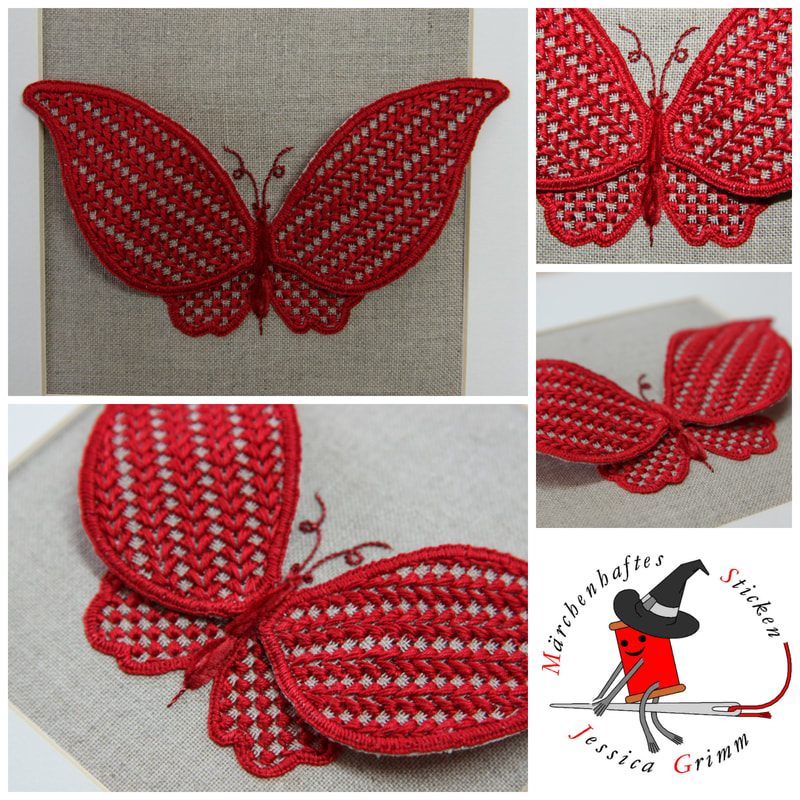
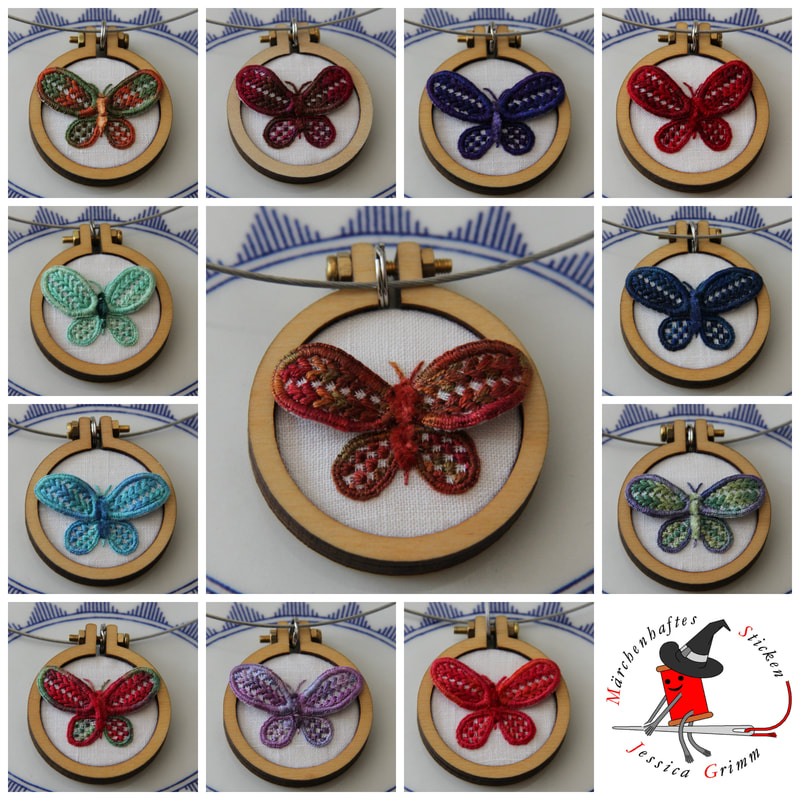
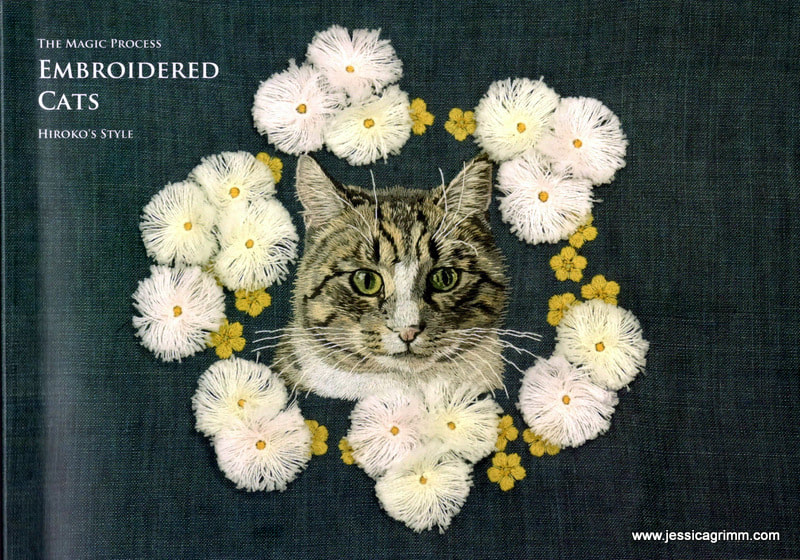

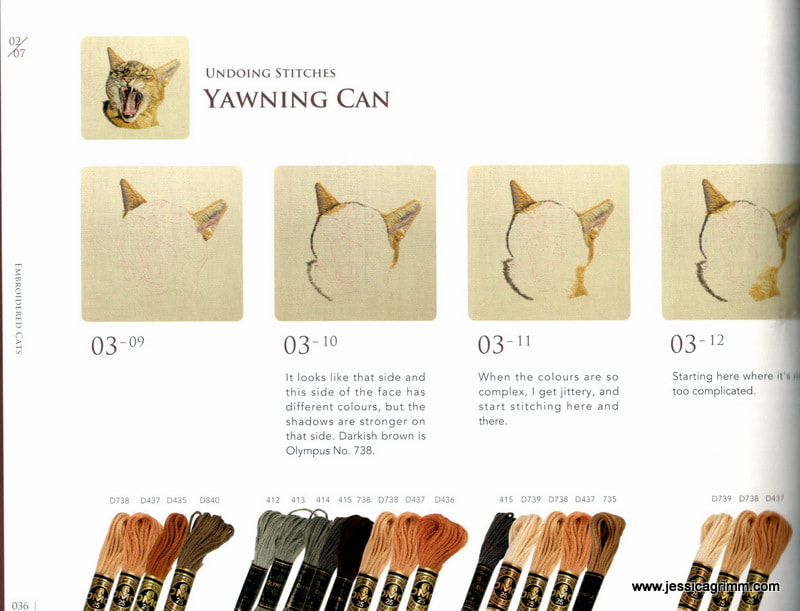

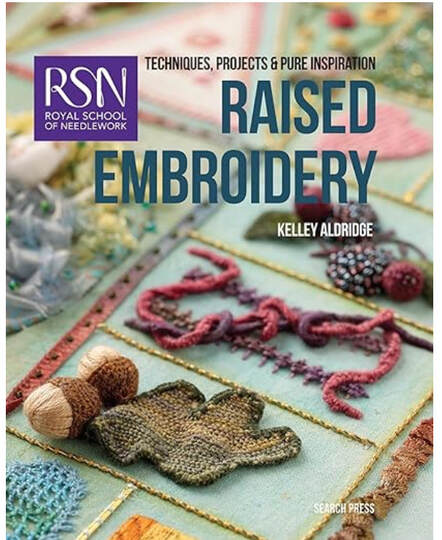



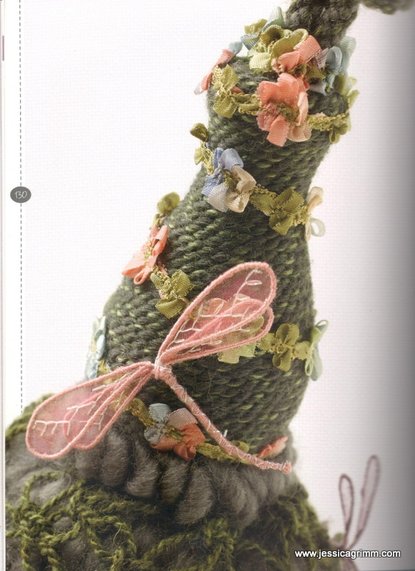





 RSS Feed
RSS Feed